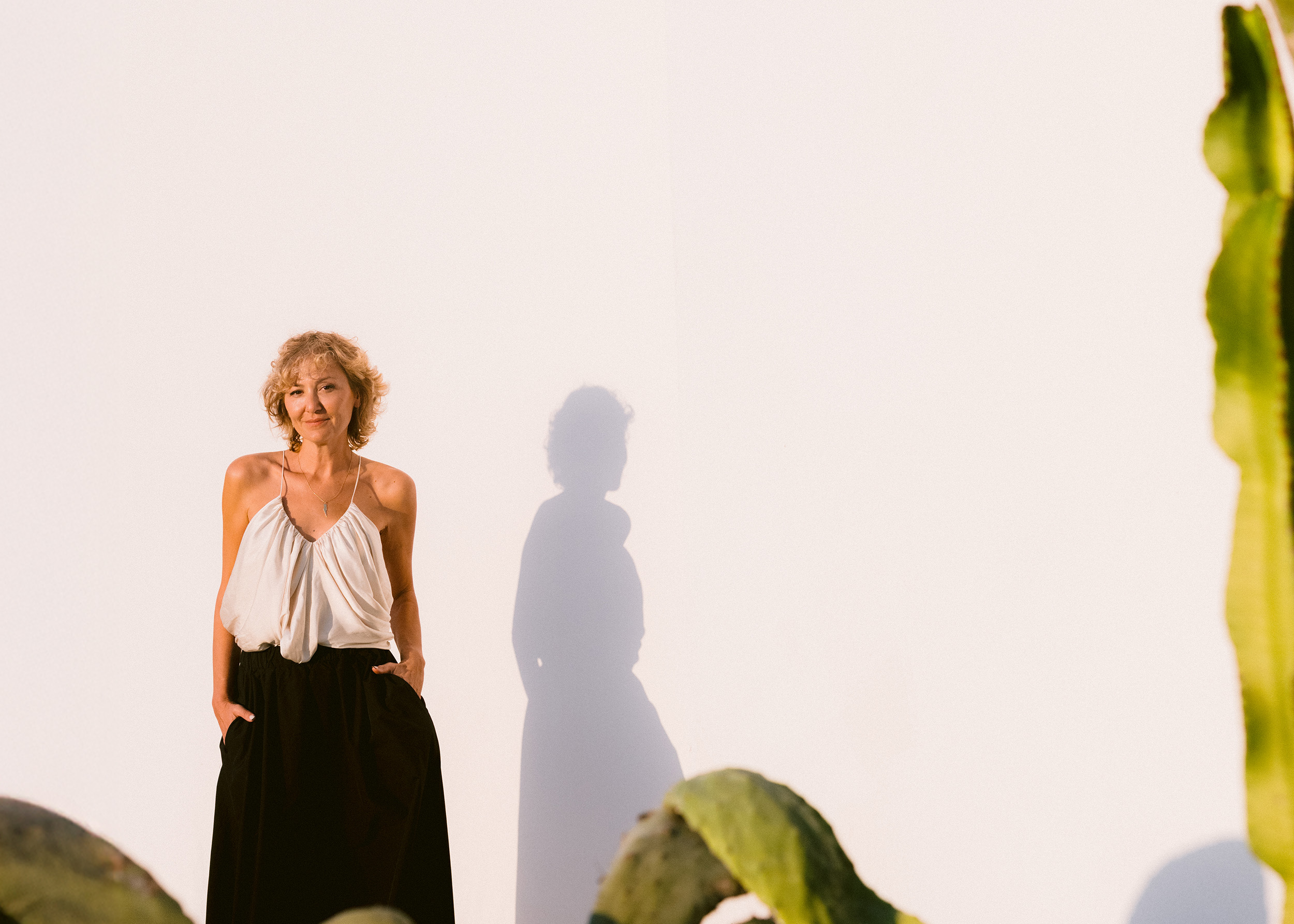The best lettings homes of 2025
Thoughtfully designed, beautifully lived in: the homes we let that stood out this year.

London-and-Ibiza-based interior architect Jelena Joksimovic on infusing a Holland Park duplex with a restorative but rooted feeling.
The inside track on design, culture and lifestyle in London and Ibiza. Architects, interior designers and homeowners share their inspiration – and the ideas shaping how we live.
Thoughtfully designed, beautifully lived in: the homes we let that stood out this year.
Architects Dolores and Maxime Batselaere of DOMAX Ibiza on returning a 19th century finca to its former at-one-with-nature glory.
Our headliners of London living: a curated edit of the standout homes sold by our team this year.
Iván Torres Ramón on intentional design and creating a villa that responds to its architectural roots.
Quietly shaped over a decade, we speak with owner Frederic Devos about continuing to tune his home to the island.
London-and-Ibiza-based interior architect Jelena Joksimovic on infusing a Holland Park duplex with a restorative but rooted feeling.
Interior designer Zoë Walters has created an oasis of tranquillity at her grown-up yet playful family home.
Architect Soledad Vaeza reflects on the grounding ability of architecture and the transformation of her quintessential mews home.